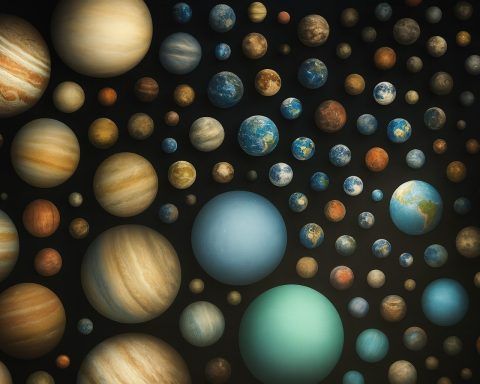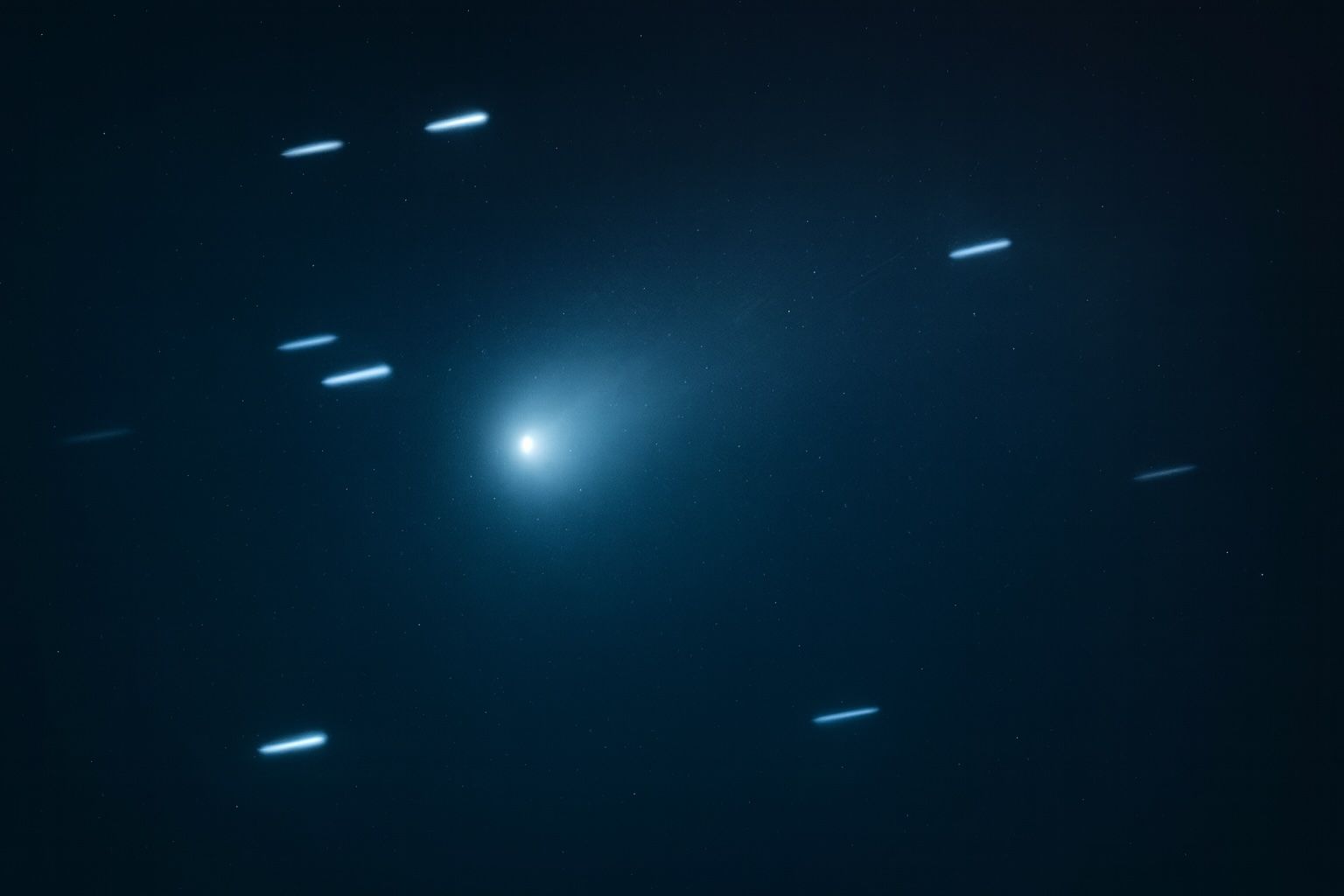
6,000 Exoplanets and Counting: NASA’s Cosmic Milestone in Planet Discovery
What Are Exoplanets, and Why Does 6,000 Matter? Exoplanets are planets that orbit a star other than our Sun – in other words, worlds beyond our own solar system. Some even drift freely in space without a parent star (so-called










